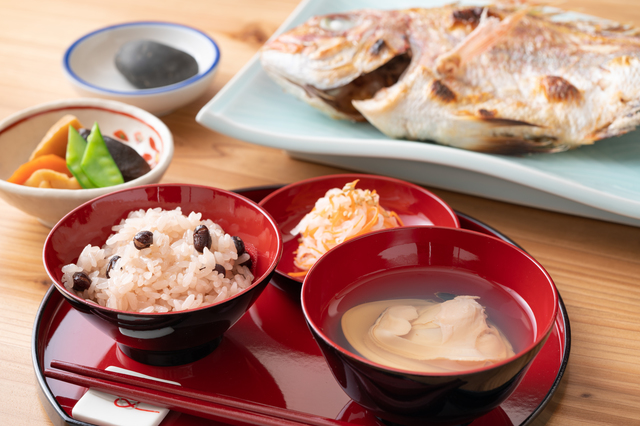
When it comes to Japanese food, a lot of people probably think of sushi, ramen, or tempura. You might also wonder, “Is there only Japanese food in Japan?” In addition, those who cannot eat certain things due to allergies or religion may also have concerns about their diet in Japan.
Through surveys and interviews, we asked some foreigners who have lived in Japan about their eating habits in Japan.
Contents:
In Japan, are all meals Japanese?
“Not all the food in Japan is Japanese. I have never met a foreigner in Japan who says that they have trouble eating here. You may be under the impression that in Japan they only eat fish, but that’s actually not the case. Rather, if you walk around the streets of Japan, you will find lots of different kinds of restaurants, and at convenience stores and supermarkets you will see a large variety of different kinds of food lined up. I believe that everyone can find something that suits their taste, regardless of which country they come from in the world. Furthermore, there are so many different Japanese dishes and they are really delicious, so you have to keep trying them,” said Ms. Anarbayar Renchinkhoro, who came to Japan from Mongolia.
Where can I buy food/ingredients?
Mr. Mani Gyawali, who went to Japan from Nepal, seemed satisfied with the food in Japan. “I can buy a lot of ingredients at the supermarket. It’s very convenient that there are supermarkets that sell foreign items. However, shops close between 8:00 and 9:00 p.m., so when I can’t make it on time, I buy the bare necessities somewhere like a 24-hour convenience store. I choose ingredients and seasonings to make my meals taste the same as they do at home, but if I can’t get them at the supermarket nearby, I order them online. Japanese shopping sites sell all kinds of things from other countries, which makes it very convenient to live in Japan,” he told us.
Japanese food manners
Just like in other countries, there are all kinds of manners dealing with food in Japan. Since there are many elderly people at nursing care facilities, there is no harm in knowing the proper etiquette surrounding food.
・Meal phrases: Bring your hands together and say, “Itadaki masu” before eating and “Gochiso sama deshita” after eating.
・How to hold chopsticks: Pick up chopsticks with your dominant hand. Using your other hand for support, hold them. These days there are plenty of videos with explanations so you might want to do a search such as “How to use chopsticks”. It is bad manners to stick chopsticks into your rice.
・Serving food: There are also lots of rules about how to serve Japanese food. Among them, please remember that rice should be served on the left and miso soup on the right. If you switch them, it will be like an offering for the dead.
On the other hand, there are some things that are considered bad manners in other countries but are not in Japan. For example, making noise while drinking tea and slurping miso soup, soba noodles, or ramen are not seen as bad manners in Japan. So please don’t be surprised if you hear Japanese noisily slurping their noodles!
The above are just a few examples of food etiquette in Japan. There are a lot of Japanese food manners and they are quite detailed, so it’s a good idea to do some research before going to Japan, and learn them through practice.
Have you had any trouble eating because of your religion/other issues?
Ms. Riswanti from Indonesia, who worked at a nursing care facility in Hyogo Prefecture, said, “Before going to Japan, I was worried about my diet there. Since I am a Muslim, there are some things I cannot eat. I worried, ‘Can I buy halal food? Where?’ An experienced Indonesian working in Japan taught me lots of things and could relieve my concerns. In Japan, there are a lot of halal shops as well as shops with imported food items, so I didn’t have that much trouble eating.” Also, Mr. Mani Gyawali from Nepal said, “There are restaurants that will prepare dishes for you without certain ingredients if you tell them in advance what things you cannot eat.
They are very kind. However, sometimes the menus in Japanese restaurants are difficult to read, and there were several times I had trouble understanding the details about a dish.”
In 2013, Washoku (Japanese food), as “traditional Japanese food culture,” was registered as an intangible cultural heritage by UNESCO. Once you start living in Japan, we encourage you to try lots of different Japanese food. There are some restaurants that still only have menus in Japanese, but that is another way to study Japanese. Also, there are a lot of local dishes from different regions in Japan. Add “food” to the list of fun things to look forward to in Japan!


